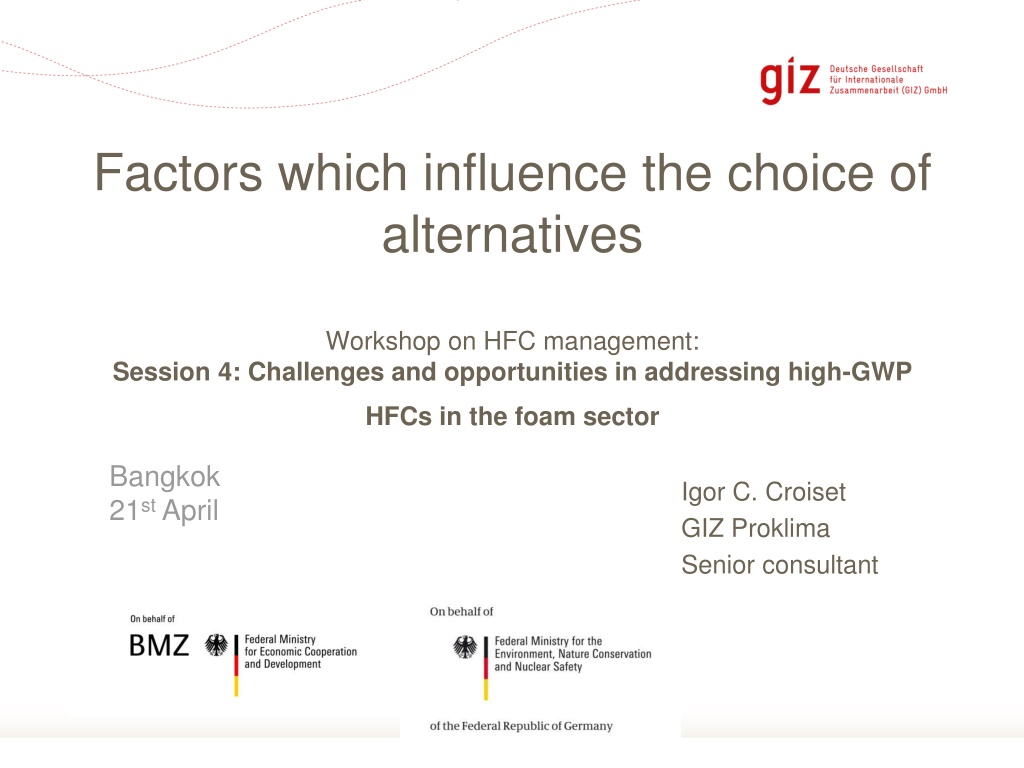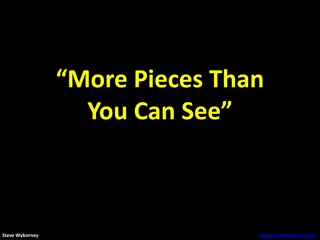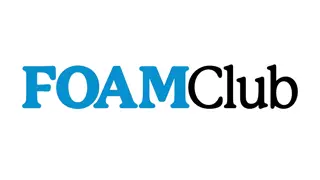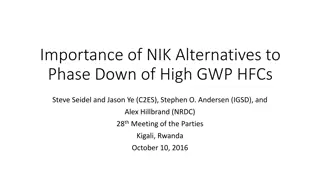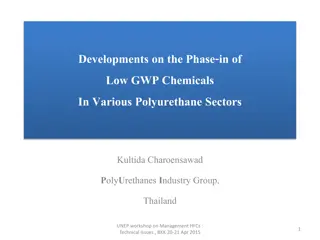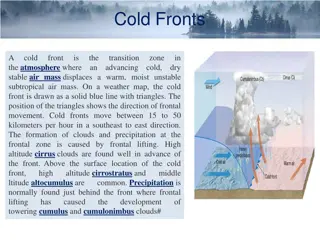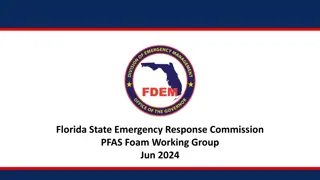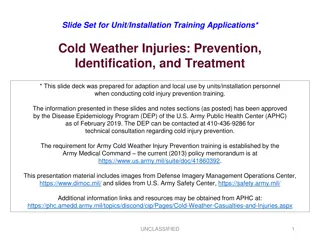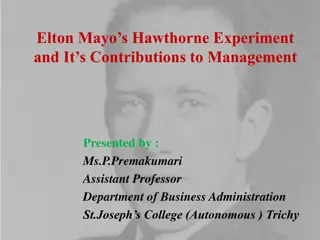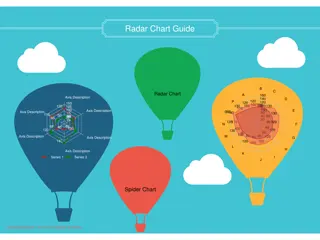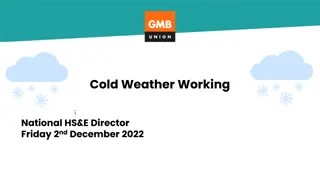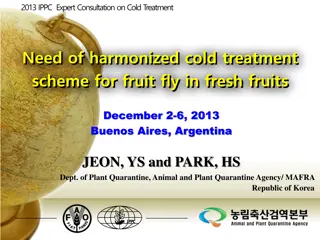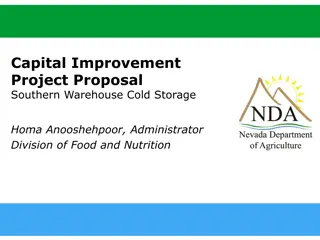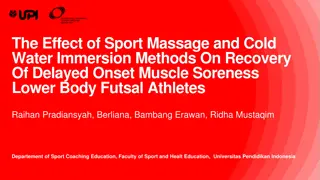Factors Influencing Alternatives in Foam Sector & Cold Room Design
Factors influencing the choice of alternatives in the foam sector, including foam performance requirements, insulation needs, and cold room design impacts. The sequence of requirements for foam performance, insulation material considerations, and the importance of good practices in maintaining cold room efficiency are discussed. The extract highlights main applications and alternative drivers in various sectors. Overall, the selection of alternatives is crucial for energy efficiency and environmental impact mitigation in these industries.
Download Presentation

Please find below an Image/Link to download the presentation.
The content on the website is provided AS IS for your information and personal use only. It may not be sold, licensed, or shared on other websites without obtaining consent from the author. Download presentation by click this link. If you encounter any issues during the download, it is possible that the publisher has removed the file from their server.
E N D
Presentation Transcript
Factors which influence the choice of alternatives Workshop on HFC management: Session 4: Challenges and opportunities in addressing high-GWP HFCs in the foam sector Bangkok 21stApril Igor C. Croiset GIZ Proklima Senior consultant Page 1
Foam performance sequence of requirements Foam performance depends in the following order on: 1. Machinery 2. Operator knowledge 3. Product and design 4. Chemicals The gap between theory and practical application can be substantial therefore selection needs to comprehend the above. Page 2
Insulation requirements are determined according to the design requirements, foam performance and energy efficiency standards. Status quo Thickness insulation walls (mm) Thickness insulation roof (mm) Insulation material Thermal conductivity (mW/m.K) Size cold room (LxWxH m) Cold room real temperature C Stored food A Stored food B Stored food A required temp. C Stored food B required temp. C Mass of stored food A Mass of stored food B Cold room real temperature C Ambient temperature C Daily stock renewal New stock temperature C 50 75 PU 22 E.g take a cold room 6x4 m which has the purpose of preserving food 6x4x2.5 -10.00 Fish Beer -8 0 4788 470.4 -10 25 10% 10.00 The kind of food stored, temperature conditions and logistics together with the insulation properties determine the cooling power and overall energy efficiency Page 3
Cold room Impact design and good practices parameters 10.0% 7.2% 6.1% 4.9% 5.0% 3.8% 3.0% Parameters influence 0.0% -2.4% -5.0% -7.2% -10.0% -13.4% -15.0% Increase of ambient temperature to 32 C due to outside placement 7.2% Increase of food temperature by 2 C due to electrical shortage 3.8% Lights left on instead of switching off everytime the room is left Improvement insulation performance 2 mW Stock Opening closing doors 5x times more than usual Increase of insulation 100% Outside under the sun placed room replenishmen t cooled down to 0 C Series1 -13.4% -2.4% 3.0% -7.2% 6.1% 4.9% The best insulation provides substantial improvement but for highest efficiency good practices need to go along! Page 4
Extract main applications Sector Application Drivers Alternatives Constructive soundness Cheap, easy application Easy and cheap HC's, H2O Sandwich panels Construction/ Industrial HC's Boards (PU,XPS,EPS) H2O Spray foaming Refrigerated trucks, containers HC's, (HFO's) Transport ATP-energy Commercial refr.Cold rooms, Energy, consumer appeal HC's, H2O supermarket utilities HC's, (HFO's) Domestic refr. Home appliance Energy Page 5
Selection? The selection of a foam system is dependant on the application together with the manufacturing method Secondly, whether you need additional insulation performance through high performance blowing agents and if it is worthwhile needs to be assessed? Increase of foam thickness to improve energy efficiency is a viable solution where possible? Insulation is a must, 50% of energy consumption is from private housing for heating/ cooling! Page 6
Thank you for your attention! For further info feel free to contact: bernhard.siegele@giz.de igor.croiset@proklima.net Page 7
